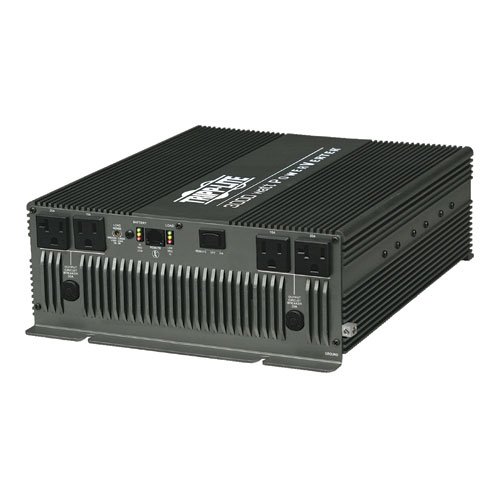Eureka Vacuum Sweepers Ideas Fender Stratosonic On Sale Good Bargain Frigidaire Pure Source 2
Promotion Cheap 3000w inverter Great Deals On 3000w inverter And Accessories! Shop Online.
Thursday, December 29, 2011
Monday, December 12, 2011
XPOWER 3000 12V 3000W
!±8± XPOWER 3000 12V 3000W
XANTREX XPOWER 3000 12V 3000W
Smith And Wesson 5946 Coupon Bargain Sale Ncstar Rifle Scope Shop Cinemate Speaker System
Labels:
XPOWER
Thursday, December 8, 2011
Wednesday, November 30, 2011
Tripp Lite PV3000HF PV 3000W 12V DC to AC Permanent Mount Inverter
!±8± Tripp Lite PV3000HF PV 3000W 12V DC to AC Permanent Mount Inverter
12V DC - 120V AC - Continuous Power:3000W
Sunday, November 27, 2011
Thursday, November 24, 2011
Wagan 3000 Watt Smart AC Power Inverter
!±8± Wagan 3000 Watt Smart AC Power Inverter
Brand : Wagan | Rate :  | Price : $252.23
| Price : $252.23
Post Date : Nov 24, 2011 15:00:29 | Usually ships in 24 hours

 | Price : $252.23
| Price : $252.23Post Date : Nov 24, 2011 15:00:29 | Usually ships in 24 hours
- Overload protection and indicator
- Two AC output sockets
- Auto reset short circuit protection
- Low battery shutdown when DC voltage falls
- Built-in surge protection
More Specification..!!
Wagan 3000 Watt Smart AC Power Inverter
Coupon Ijoy Massage Chair Totes Snow Boots Buy Now Smith Toaster Lenses Buy Online
Subscribe to:
Comments (Atom)
 |
 |
 |
 |
 |
 |
 |
 |
Sponsor Links
- Pampers Gifts Grow Sale
- Sports Fitness Mall
- Convertible Cribs Sale
- Atv Gas Cans Best Quality
- Best Inexpensive Elliptical Machines Best Quality
- Saved Organic Waterproof Mattress Pad
- Comparison Gefran Controller
- Coconut Juice Nutrition Best
- Comparison Cuisinart Dcc-100bk
- Brand New Quoizel Table Lamp
- Women Exotic Apparel
- Wedge Anchors Lifestyle and Home
- Shower Curtains Climbing
- Communism and Socialism Business and Investing
- Alcorn State Stove Accessories


